Chickens
How to Introduce New Chicken to Flock
Introducing New Chickens to Your Flock
Are you thinking of adding new chickens to your existing flock? If so, there are a few things you need to know in order to make the introduction go as smoothly as possible.
In this post, we’ll discuss the best way to introduce new chickens to your flock, as well as some tips to overcome common issues.
So if you’re ready to add a few new feathered friends to your family, keep reading!
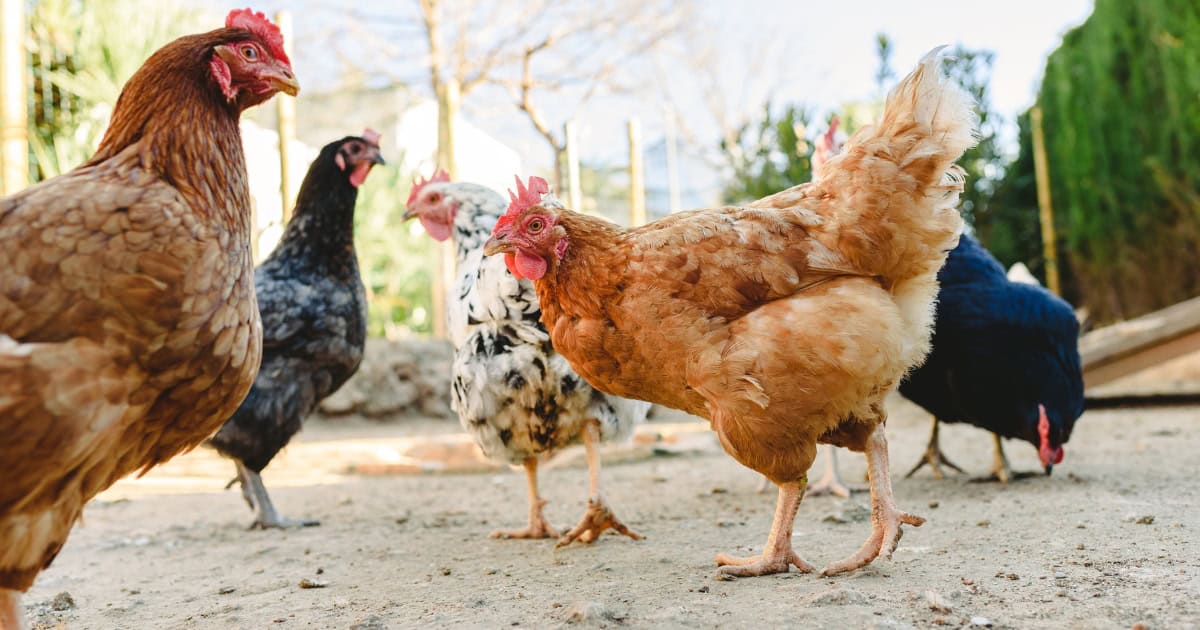
When adding new chickens to the flock
It’s important to take some time to ensure that the introduction goes smoothly
Why It Is Important to Introduce New Chickens Properly
When adding a new chicken to your existing flock, it’s important to take some time to ensure that the introduction goes smoothly.
Chickens are naturally prey animals. In the wild, they live in flocks of up to 10 in order to protect themselves. They form strong bonds within their unit and are able to recognise who is and isn’t part of their herd.
When an outside chicken is introduced, they are instinctively defensive of it. They don’t know if this new chicken could hurt them, spread disease, or use up their scarce food resources.
So they will naturally try to drive this newcomer away by violently bullying it. Chickens may peck at, scratch or run at the new chicken.
Unfortunately, your pet chickens still have these natural instincts. So if you buy a new hen and just add it into your backyard coop straight away, the new chicken could be pecked at, injured or even killed.
Thankfully, you can safely introduce your new chickens if you follow our flock integration steps below.

Pecking Order Explained
The term ‘pecking order’ was created in the early 20th century. It refers to the system chickens use to create their social ranking.
Highly ranked birds will get priority such as the best roosting bars and the most food. Lower ranked chickens will get whatever is leftover. Head roosters will also mate with more females.
The pecking order is determined literally by pecking! Head chickens will act aggressively towards more submissive chickens by pecking them, rushing towards them, scratching them, making loud noises or flapping their wings.
This means that old chickens are usually ranked higher over young ones. Similarly, adult roosters will rank higher in the pecking order than adult hens.
This naturally defensive behaviour will help chickens survive in the wild but makes it tricky for backyard flock owners to introduce new members.
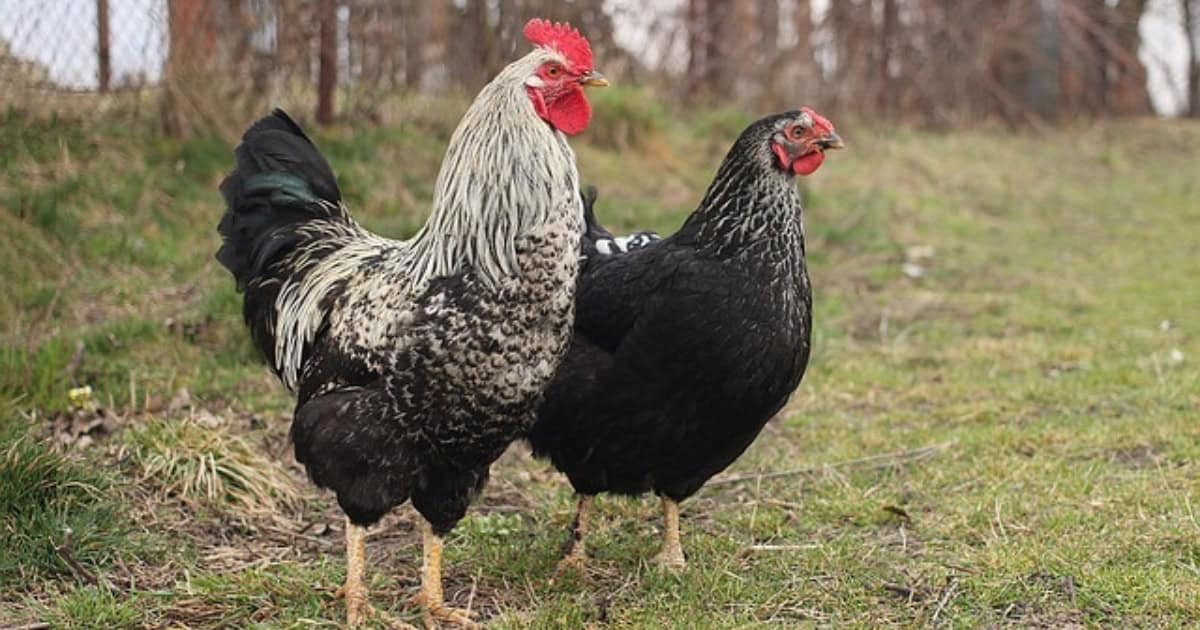
Bringing new hens or baby chicks home
You will need to quarantine them for about a month
How to Introduce New Chickens to Your Existing Flock
Step 1: Quarantine Period
When you first bring new hens or baby chicks home, you will need to quarantine them for about a month. This is because new chickens are at risk of carrying unknown diseases.
If you suddenly introduce new hens or outsider baby chicks, they could spread illness throughout your entire flock.
The easiest way to quarantine is to set up a second separate coop for your new chickens. Keep them separate and watch them for 30 days. If they don’t show any signs of being unwell, you can move onto the next step.
You will not need to do this for new baby chicks that are offspring of your existing flock.

Step 2: Together But Separated
Set up your yard so the established flock can see the new chickens but cannot touch them.
The theory here is that the existing chickens can get used to the new members being there slowly without there being a risk of injuring them.
It is recommended you do this for at least two weeks.
There are two methods to achieve this:
A separate pen
You could set up a second separate pen next to your already established coop. Make sure the existing flock can see the new birds. Only let them out to free range in your yard one group at a time.
Dog Crate
Alternatively, if it is just one new chicken, you could set up a large dog crate inside the existing coop. Position it in the corner so only 2 sides are accessible.
Put the new chicken inside the crate so they can all see each other but cannot touch or injure anyone. Make sure the new chicken in the crate has access to plenty of food and water.
Whichever of the two approaches you take, observe daily how the existing flock members are reacting to the new chickens.
While it is recommended to keep them separate for at least two weeks, you may need to continue for a few more days if they are taking longer to adjust.
Once your already established flock members seem to be ignoring your new chickens, you can mix them into the same coop.
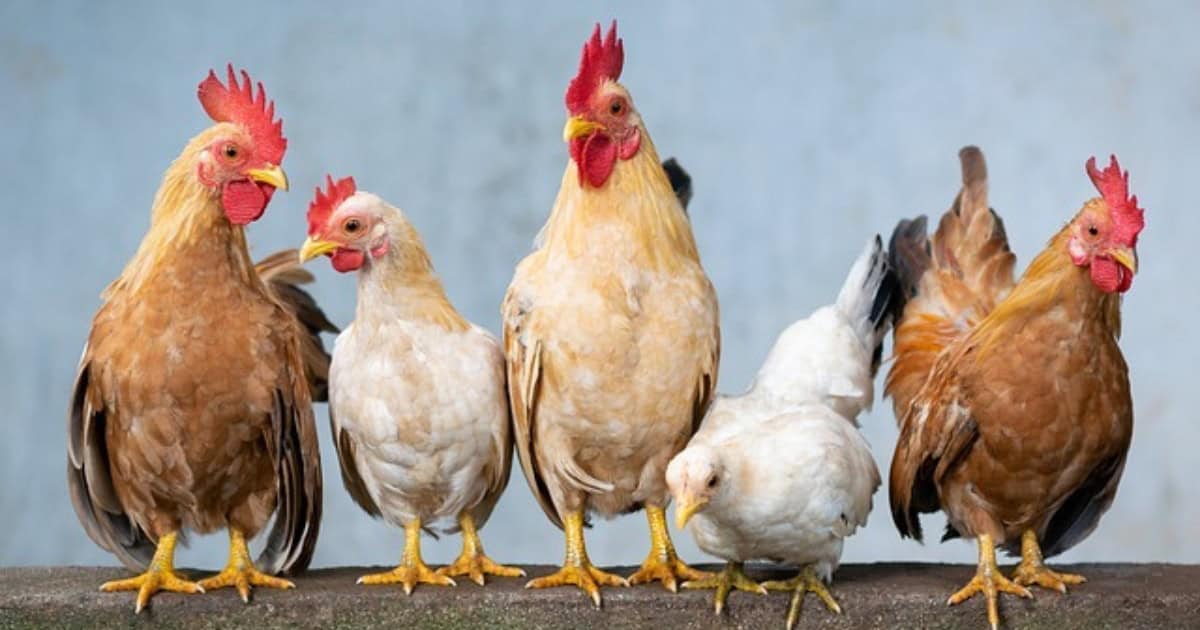
How long does it take?
The process of introducing new chickens typically takes six weeks
How Long Will it Take to Introduce New Chickens?
The process of introducing new chickens typically takes six weeks.
The first four weeks are your quarantine period where you need to isolate your new flock. This is to protect your established flocks from any new diseases being brought in.
Once you are confident your new chickens are perfectly healthy, you can then try the ‘Together but Separated’ method outlined above.
This needs to be done until you are sure your hen house is ready to accept their new flock members. This usually takes two weeks but allow an extra few weeks just in case.
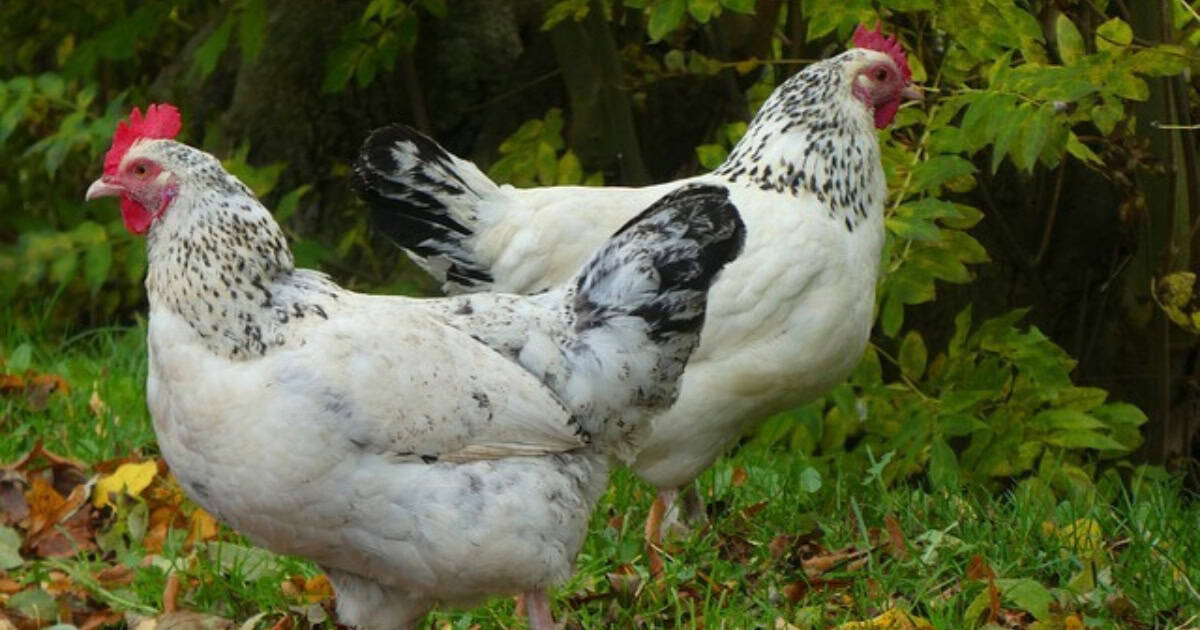
Are you considering raising chicks?
Old chickens are prone to being aggressive towards young chickens
Common Issues
Introducing Chicks
Are you considering raising chicks? Old chickens are prone to being aggressive towards young chickens. While it seems cruel to us, mature birds will view outsider baby chicks as weak and a risk to the flock.
If you are introducing new chicks, you may need to keep them in a separate coop nearby but away from adult birds. You will need to do this until they are big enough to defend themselves in the pecking order.
If you have an existing broody hen that has raised chickens before, she may be able to protect your new chicks. Broody hens are naturally drawn to young birds and will take on a protective, mothering role.
It is easier to introduce chickens that are about the same age.
Introducing One Chicken
It is more difficult to introduce just one new hen to an established flock. This poor new hen will receive all the bullying from every existing bird.
If you are buying new chickens to integrate, it is recommended you buy two chickens (or more) from the same seller. Then introduce all the new chickens to the old flock at the same time.
If you do have to buy only one new hen, take a very docile hen from your existing coop. Introduce her and the new girl first and have them bond in their own coop. Then introduce both to the old flock, as if both are new.

Bantams
It is not recommended you introduce bantams to larger chicken breeds. Big girls view the bantams as weak and are very likely to injure them, even after a proper introduction.
Set bantams up in their own coop nearby. Position the coops so they can see each other through the chicken wire.
Once they seem okay with one another, you can let them out to free range in the yard together. However, you may never be able to house the bantams in the same coop as the bigger chickens.
Roosters
Anyone raising chickens knows that roosters can be aggressive.
While challenging, it is possible for chicken keepers to introduce a rooster to an existing flock of hens (that doesn’t already have a rooster).
Introducing an adult rooster can be difficult and will usually take much longer (in comparison to introducing a hen). Be patient and allow extra time for them to get used to one another before mixing the rooster in.
An easier approach is introducing a baby rooster into a flock with a broody hen and having the hen raise him. Young roosters are less likely to be aggressive with adult birds. The other older girls will hopefully then accept the cockerel as one of their own flock members.
We do not recommend introducing roosters to an existing flock that already contains a rooster. Roosters will instinctively fight one another to be top of the pecking order and it is likely they will never get along.
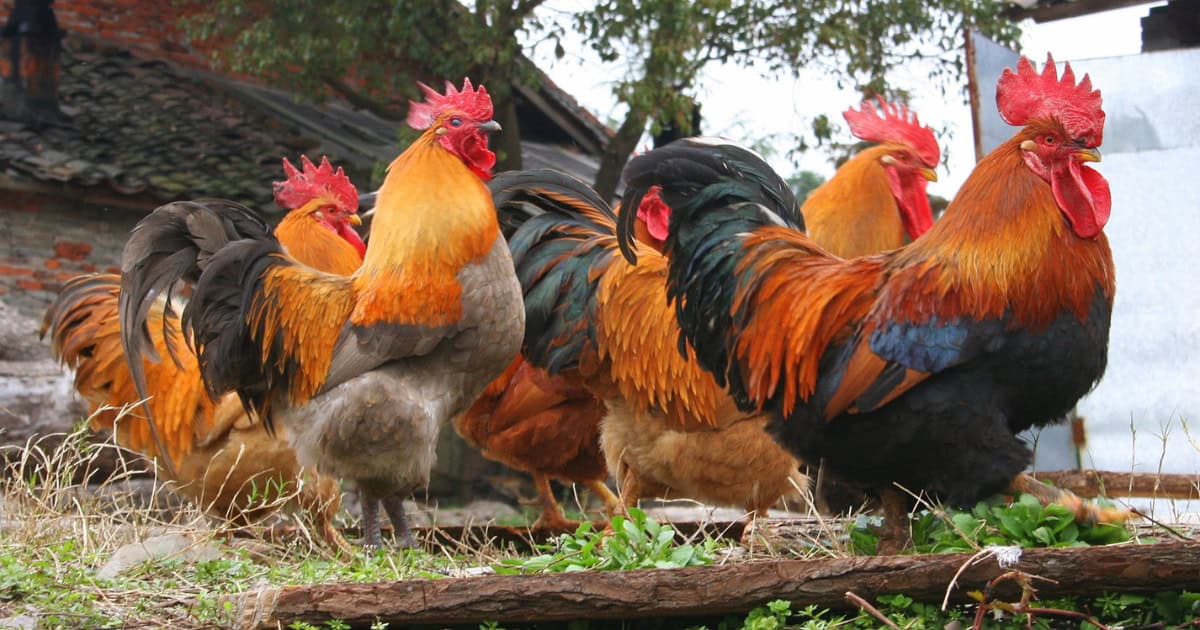
Are you considering raising chicks?
Old chickens are prone to being aggressive towards young chickens
Aggressive Breeds
Backyard chicken keepers need to be aware of what chicken breeds they keep. Some breeds have roosters that are naturally more determined to fight their way to the top of the pecking order. This will result in them being more aggressive and violent with other birds.
If you have an aggressive breed of rooster, you will not be able to introduce it into an existing flock. No matter how patient you are, it is unlikely it will ever be able to integrate without you ending up with an injured chicken or two.
Aggressive rooster breeds include Wyandotte, Sumatra, Cornish and Malay.





